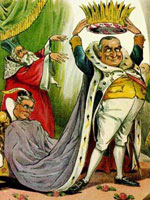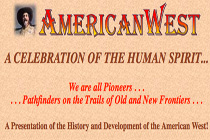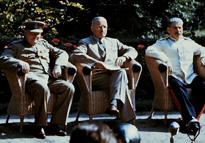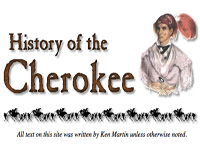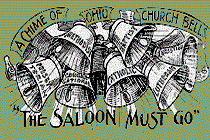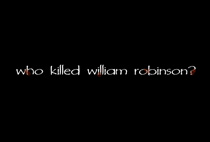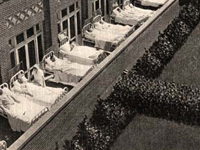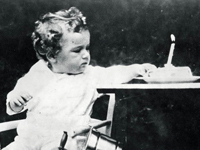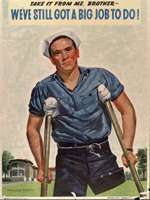Voices of Civil Rights
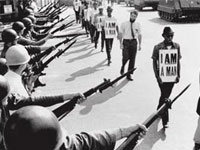
This website represents the initial effort to create an archive of stories about the civil rights movement (both historical and contemporary), including essays, interviews, project updates, and special reports. While the site is under construction, currently there is already substantial material available, most of which is organized into one of five sections.
An interactive "Timeline" serves as in introduction to the Movement, highlighting major events and accomplishments. "Stories" allows visitors to read more than 100 personal stories about America's civil rights history (10 stories include audio excerpts). Visitors can peruse the section devoted to the contemporary civil rights movement and its historical legacy. Here visitors can listen to interviews about the promise of equal education with Wade Henderson, Executive Director of the Leadership Conference on Civil Rights, as well as many other activists. Students and teachers will find this site a convenient collection of primary accounts of the Civil Rights Movement, including the Chicano Movement and the National Organization of Women.
